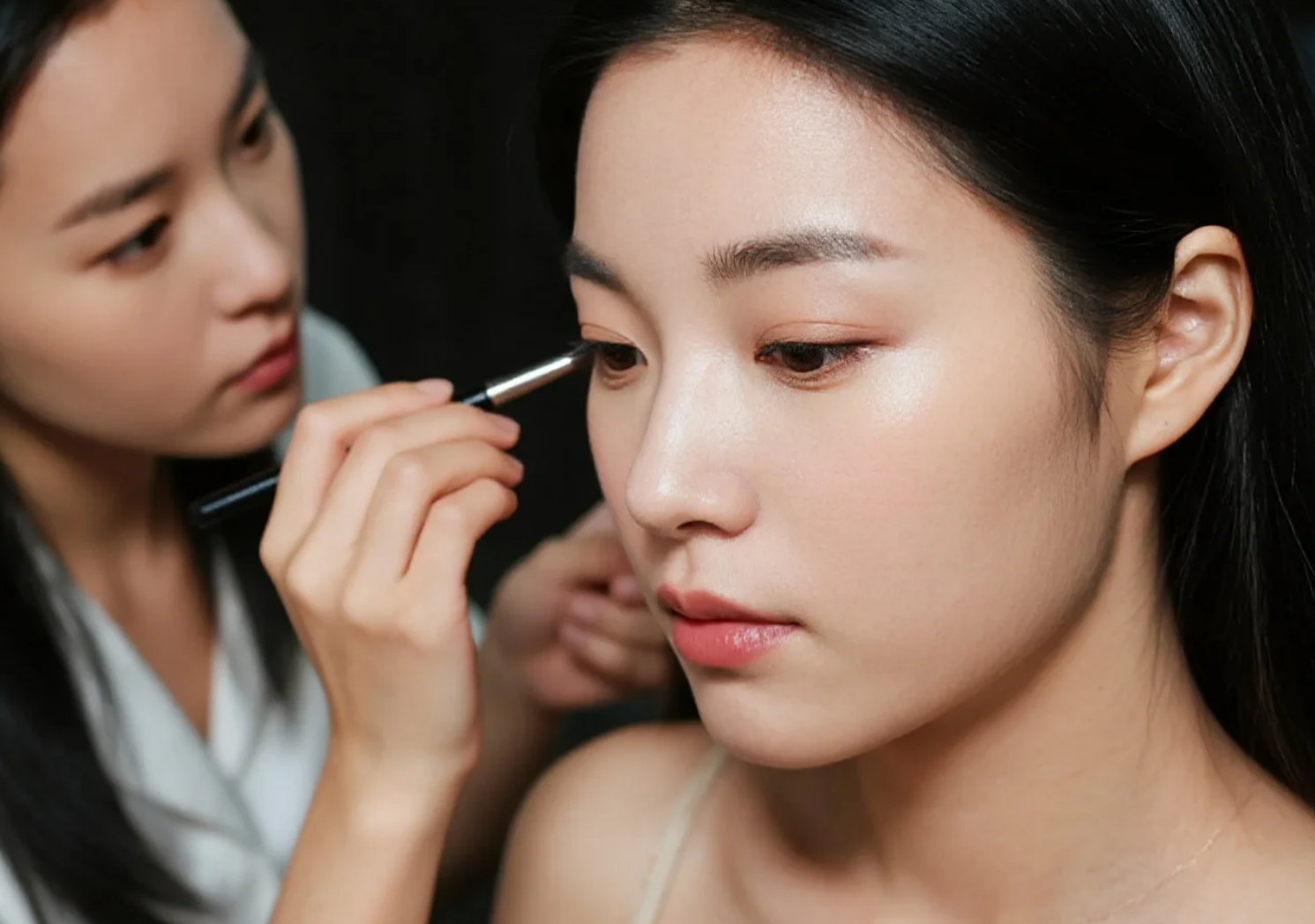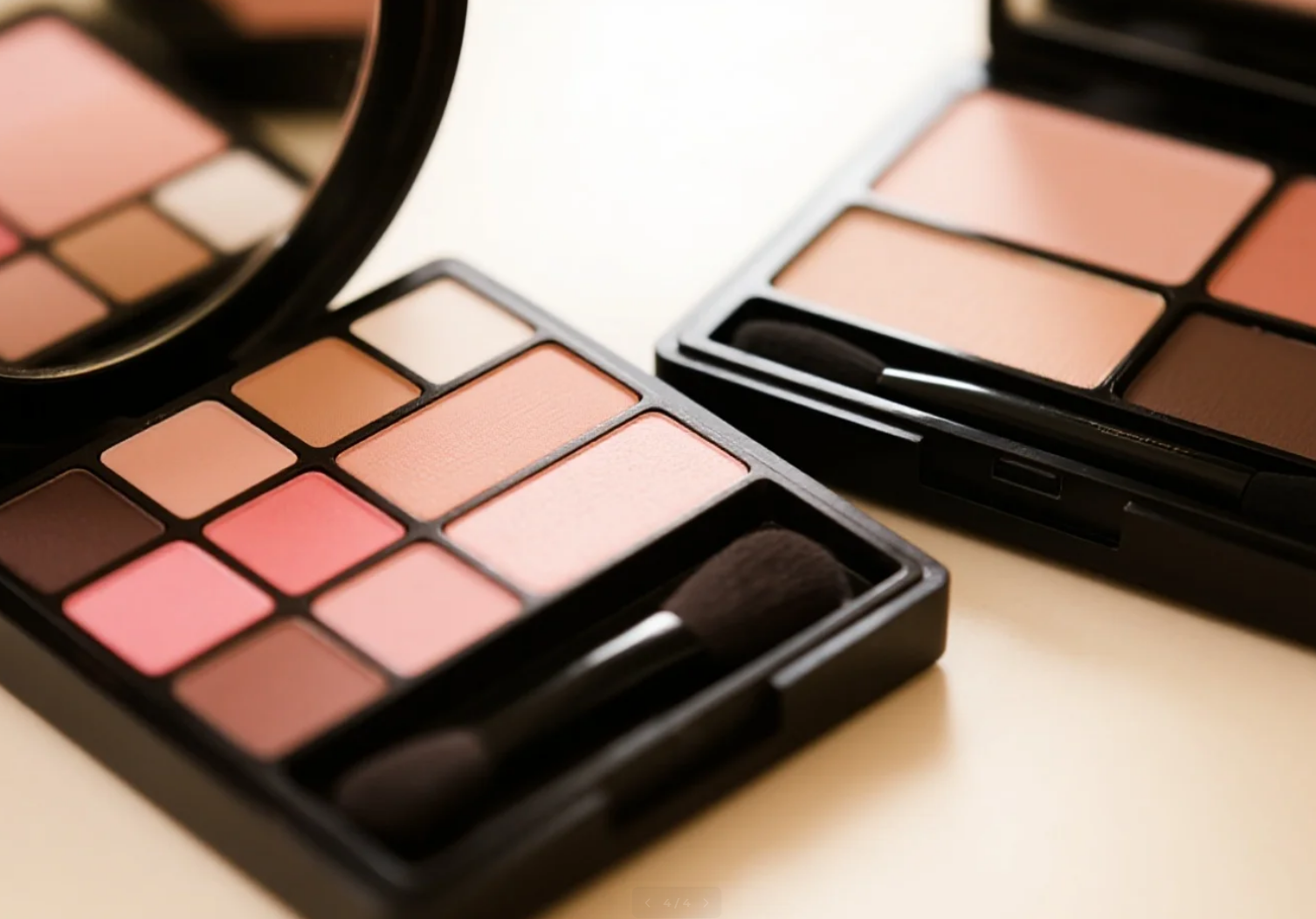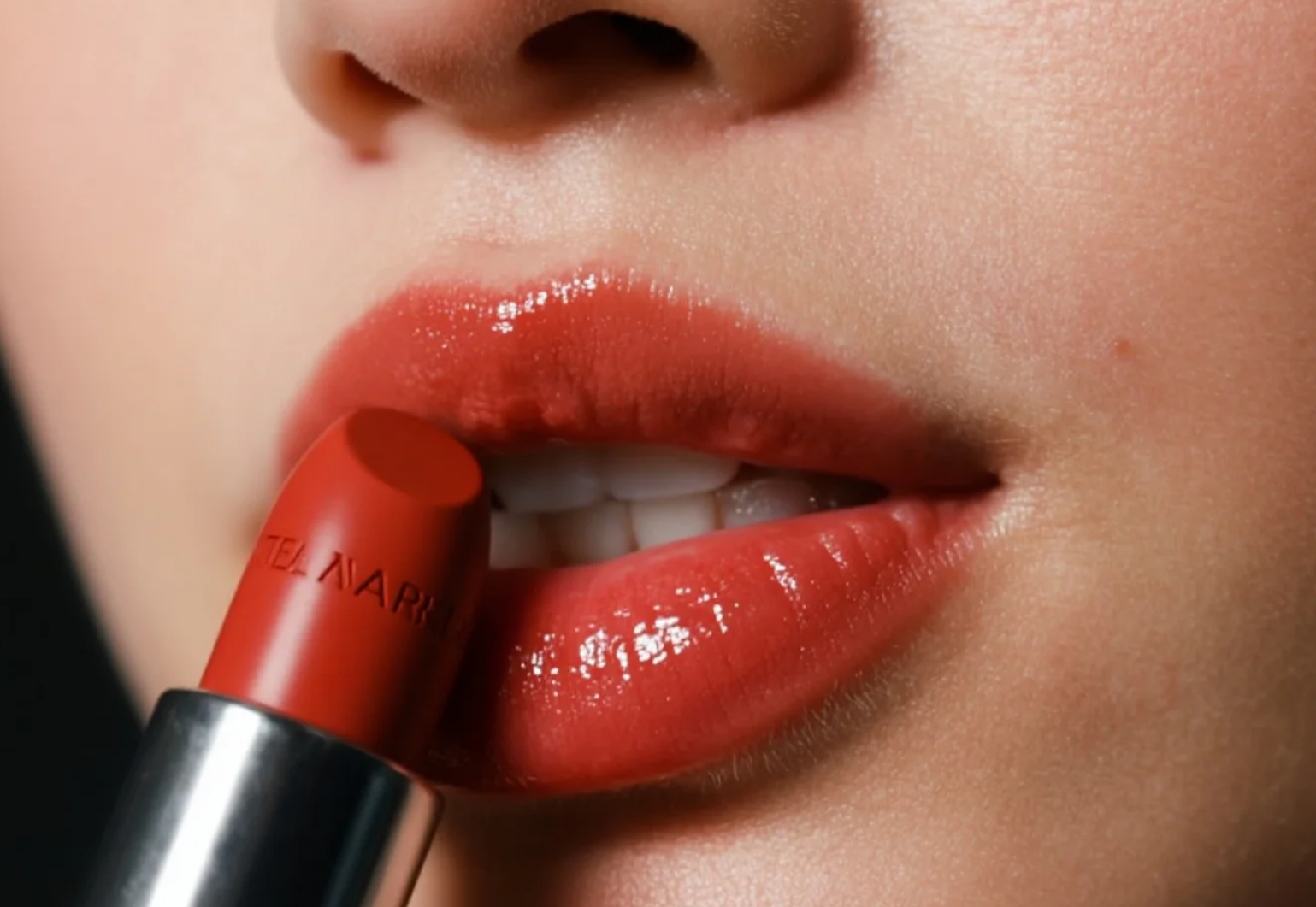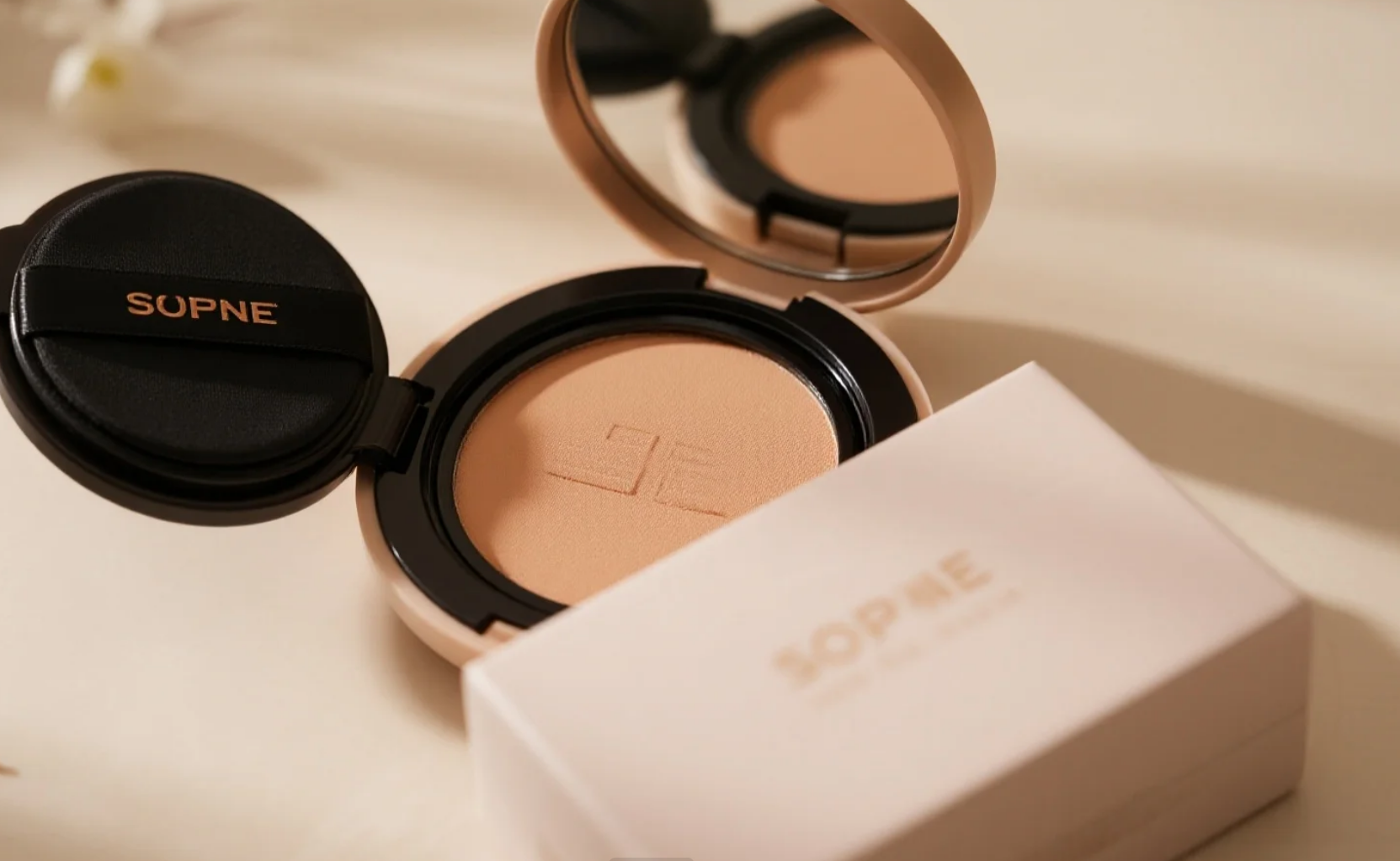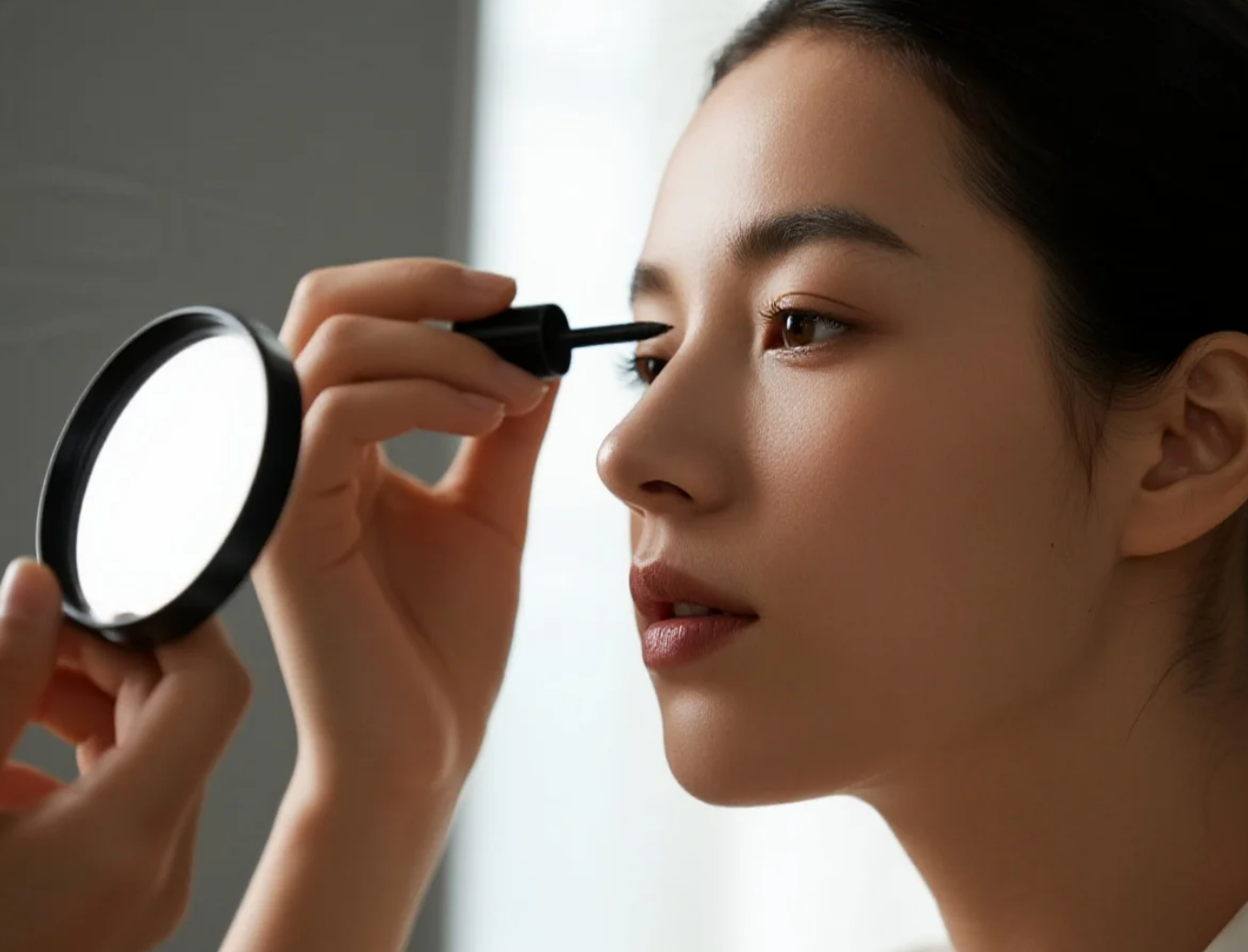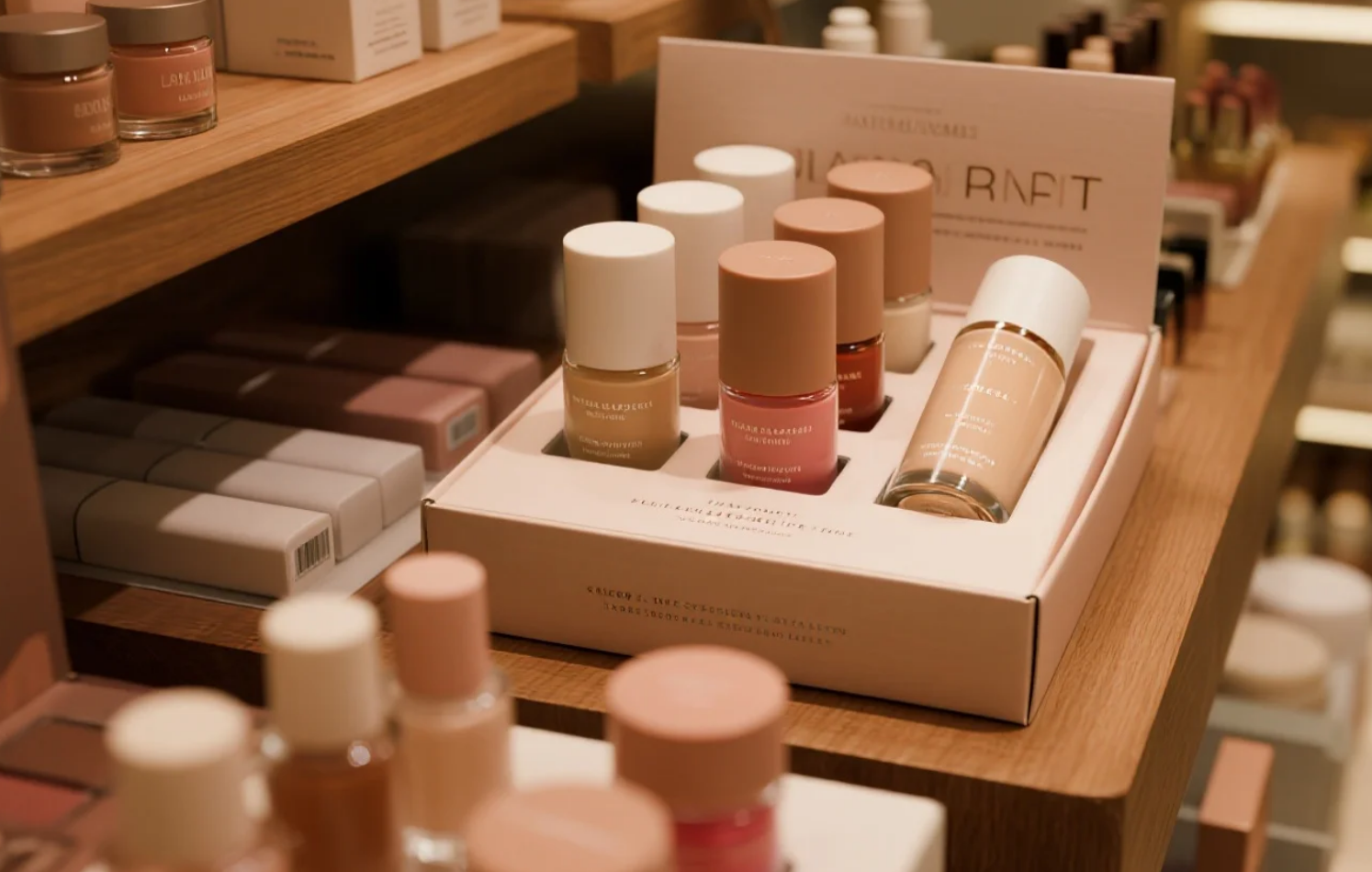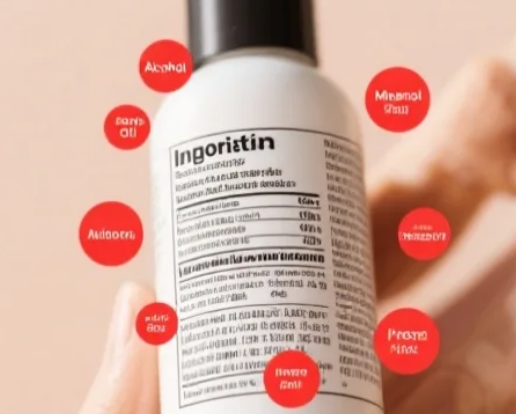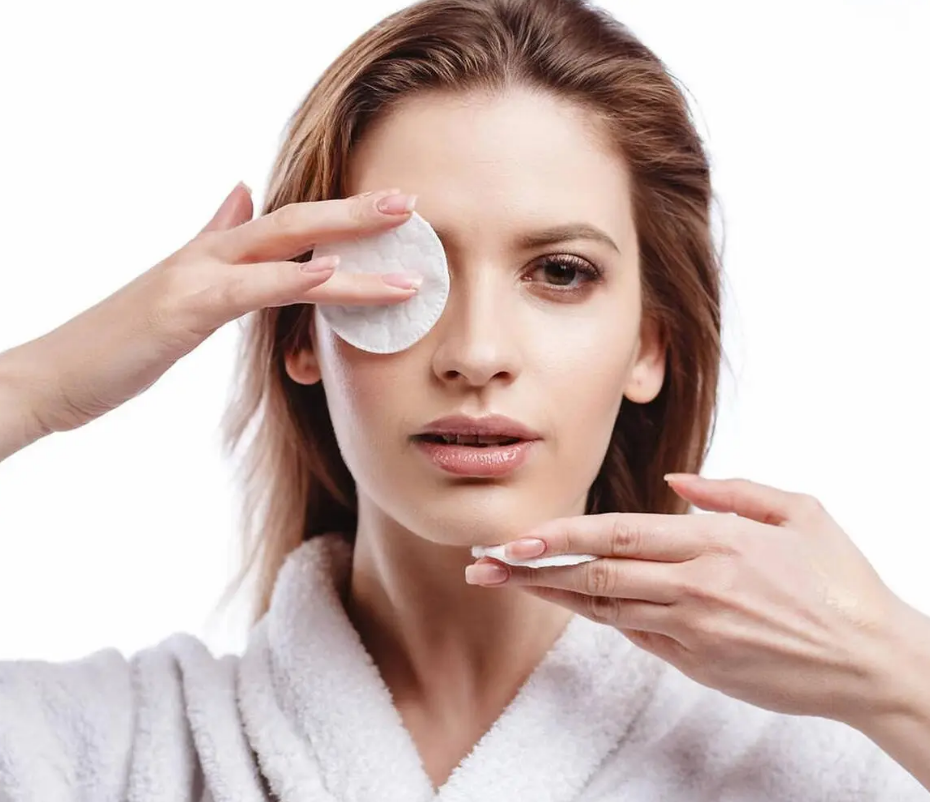How to properly remove makeup? Avoid hyperpigmentation and acne.
Makeup removal may seem simple, but it's a crucial step in skincare that's often overlooked. Many people diligently apply their skincare daily, yet still struggle with acne, breakouts, and dull skin. The cause often lies in makeup removal. Improper makeup removal techniques not only fail to thoroughly remove makeup residue but can also damage the skin barrier, leading to long-term problems. This article will delve into the science of makeup removal, debunk common misconceptions, and provide an effective yet gentle makeup removal solution to help you cleanse while protecting your skin.
Why does incomplete makeup removal lead to hyperpigmentation and acne?
Makeup products, especially waterproof foundation, mascara, and long-lasting lip gloss, contain high levels of oils, waxes, and film-forming agents that are difficult to dissolve with plain water or cleanser. If rinsed with water alone, makeup particles can remain in pores, where they mix with sebum and dirt, gradually clogging them and causing acne breakouts. More seriously, metal oxides (such as iron oxide) in certain makeup products can adhere to the skin over time and penetrate the stratum corneum, causing localized darkening and even post-inflammatory hyperpigmentation (PIH), commonly known as "acne marks" or "dark spots." Furthermore, many people rub their makeup vigorously when removing it, especially around the eyes and lips. This friction stimulates melanocyte activity, accelerating pigment production and ultimately causing persistent dark spots.
The core science of makeup removal: oil-dissolving oils and gentle cleansing
The oily components of makeup dictate that makeup removal must adhere to the principle of "like dissolves like," or "oil dissolves oil." The plant oils (such as jojoba and olive oil) or synthetic esters in cleansing oils and creams can quickly dissolve waterproof makeup, removing it from the skin's surface. However, dissolution alone is not enough; it also requires "emulsification"—the transformation of the cleansing oil into a milky white liquid upon contact with water—to ensure thorough washing away and avoid residue. If emulsification is incomplete, the oily components may remain in pores, potentially contributing to closed comedones.
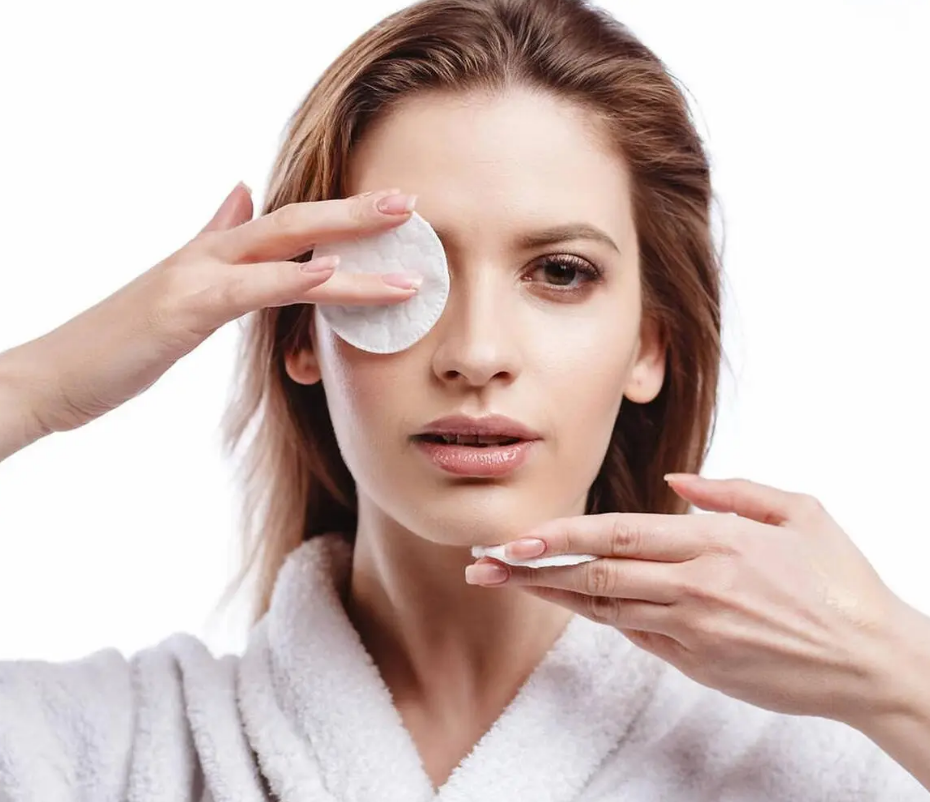 Besides oil-based products, micellar water is also a common makeup remover option. It uses surfactants to form micelles that absorb makeup and is suitable for light makeup or sensitive skin. However, be aware that micellar water typically needs to be applied with a cotton pad, and repeated rubbing can irritate the skin. Therefore, it's more suitable for emergency use rather than a daily makeup remover. Regardless of the product you choose, the ultimate goal is to achieve thorough cleansing with minimal irritation to avoid damaging the skin barrier. A healthy skin barrier, composed of keratinocytes and intercellular lipids, acts like a "brick wall," locking in moisture and protecting against external irritants. Over-cleansing or using harsh makeup removers (such as those containing alcohol or soap) can damage this barrier, leading to skin sensitivity and redness, and even accelerating moisture loss, making the skin more susceptible to damage from pollution and UV rays.
Besides oil-based products, micellar water is also a common makeup remover option. It uses surfactants to form micelles that absorb makeup and is suitable for light makeup or sensitive skin. However, be aware that micellar water typically needs to be applied with a cotton pad, and repeated rubbing can irritate the skin. Therefore, it's more suitable for emergency use rather than a daily makeup remover. Regardless of the product you choose, the ultimate goal is to achieve thorough cleansing with minimal irritation to avoid damaging the skin barrier. A healthy skin barrier, composed of keratinocytes and intercellular lipids, acts like a "brick wall," locking in moisture and protecting against external irritants. Over-cleansing or using harsh makeup removers (such as those containing alcohol or soap) can damage this barrier, leading to skin sensitivity and redness, and even accelerating moisture loss, making the skin more susceptible to damage from pollution and UV rays.
How can makeup removal avoid closed pores and dull skin?
1. Choose a makeup remover based on your makeup type.
Heavy makeup/waterproof makeup: Use a cleansing oil or balm, massage thoroughly, and then emulsify and rinse.
For daily light makeup/sunscreen: You can choose a makeup remover or micellar water, but secondary cleansing is still recommended.
For eye and lip makeup: Use a dedicated water-oil-separating makeup remover. Apply for 10 seconds, then gently wipe to avoid pulling.
2. Proper Makeup Removal Technique
Makeup removal isn't about "rubbing it off" but "dissolving it and removing it." The correct steps are:
① Apply an appropriate amount of makeup remover to dry hands and face, and massage gently in circular motions for 1-2 minutes to fully dissolve the makeup.
② Add a small amount of warm water and continue massaging until the cleansing oil emulsifies to a milky white color.
③ Rinse with plenty of warm water to ensure no residue remains.
④ Finally, use a gentle amino acid cleanser for secondary cleansing (especially for oily and acne-prone skin).
3. Avoid Common Mistakes
Cold water makeup removal: This prevents emulsification; warm water (30-35°C) is recommended.
Excessive rubbing: Especially around the eyes, use a damp cotton pad instead of rubbing.
Skipping secondary cleansing: Residue from the makeup remover may remain, requiring a second cleanser rinse.
Key Post-Makeup Skincare Tips
After removing makeup, your skin is "clean but fragile." Proper skincare during this time can help repair the skin barrier and prevent acne and hyperpigmentation:
Immediate Moisturizer: Use skincare products containing ceramides and hyaluronic acid to strengthen the barrier.
Exfoliate regularly: Use low-concentration glycolic acid or salicylic acid once or twice a week to help metabolize dead skin cells and reduce acne.
Antioxidants: Ingredients like vitamin C and niacinamide inhibit melanin and brighten your complexion.

Summary: The ultimate goal of makeup removal is "clean and harmless."
Makeup removal isn't just a routine; it's the cornerstone of skincare. Improper makeup removal can cause long-term problems, while proper makeup removal ensures better absorption of subsequent skincare products and healthier skin. Remember:
Choose the right products (use oil for heavy makeup, lotion or water for light makeup);
Be gentle (dissolve > rub, and emulsify thoroughly);
Follow-up care (moisturize + repair + moderate exfoliation).
Only by removing makeup scientifically can you avoid closed comedones and dullness and make your skin truly clean and translucent.
